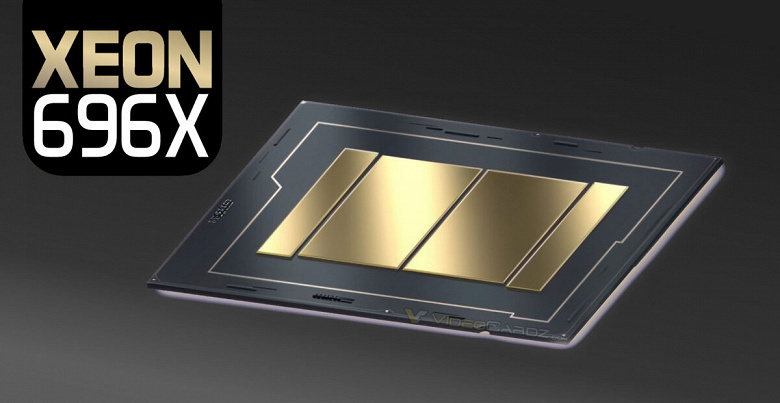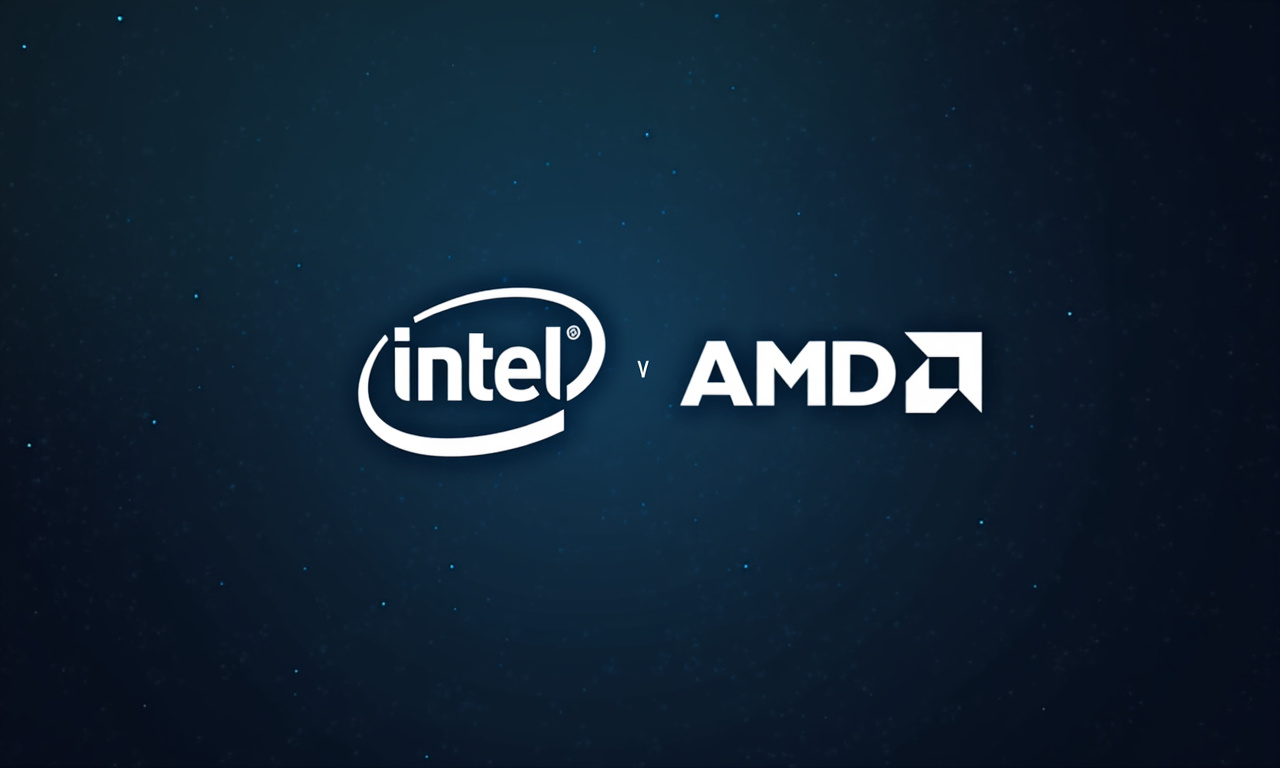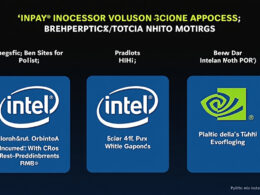Another Intel HEDT processor from the new generation has appeared online. The Xeon 696X has been listed in the Sisoft Sandra database. The Granite Rapids-WS lineup is expected to include CPUs with up to 86 cores, but so far, only the 18-core model and now the 64-core version have been revealed.

The Xeon 696X will sit just below the 86-core flagship, but most of the rest of the lineup will remain lower in hierarchy. In addition, this CPU will receive a maximum of 336 MB of L3 cache, similar to the flagship. The clock speed will reach up to 4.51 GHz and a TDP of 350 watts. Previously, it was disclosed that the Xeon 600 processors for workstations will support both standard DDR5 DIMM modules and RDIMM modules. The supported RDIMM modules will boast speeds of up to 5200 MT/s and capacities up to 2 TB in a quad-channel mode.
The lineup will be divided into two classes. Expert processors will have a total of 112 PCIe lanes, with 96 being PCIe 5.0 lanes and the remaining 16 PCIe 4.0 lanes. The Mainstream class will have a total of 80 PCIe 5.0 lanes and none for PCIe 4.0.
These innovations come as a response to the dominating Ryzen Threadripper, which has seen no real competitors in recent years. However, the new year is expected to see the release of next-generation Threadrippers based on Zen 6 cores, promising fierce competition.
Industry experts are closely watching how Intel’s newly introduced HEDT lineup stacks up against AMD, especially considering the Zen 6 CPUs’ anticipated power efficiency improvements and architectural advancements. Both companies are pursuing aggressive strategies, with Intel focusing on maximizing core counts and cache sizes, while AMD hones in on power efficiency and advanced fabrication processes.
Analysts predict that with the debut of Intel’s Xeon 696X and AMD’s Zen 6 architecture, the CPU market will witness substantial shifts. These developments are likely to influence pricing strategies, with Intel possibly leveraging its extensive architecture to offset AMD’s efficiency-focused approach.









